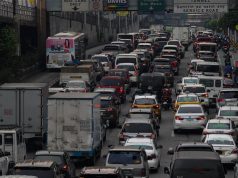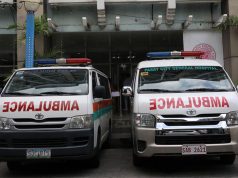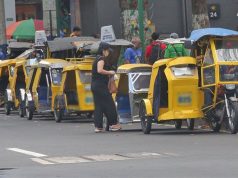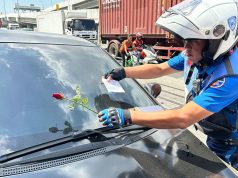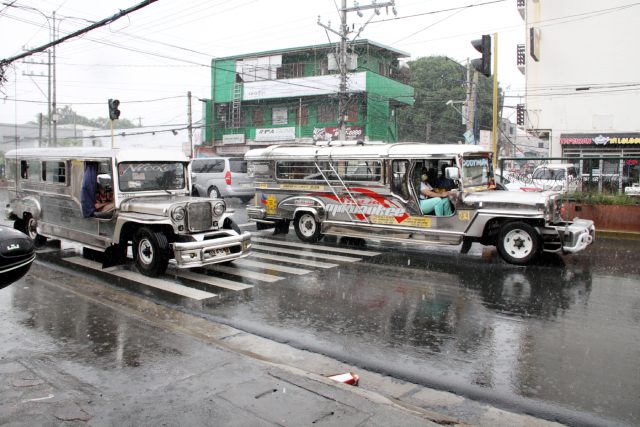
(Updated Aug. 31, 2022; 1:17 p.m.) More local governments in Metro Manila are set to adopt the no contact apprehension program (NCAP) to address traffic woes amid the COVID-19 pandemic.
The NCAP initially launched in the cities of Valenzuela and Parañaque three years ago and had since seen a 40% drop in traffic violations there.
Jason Salvador, road safety and traffic management advocate and former Managing Director of Legal Engagement Advocating for Development and Reform (LEADER), said that these results also showed that motorists who were initially caught violating traffic rules became more cautious, thus improving the traffic situation in the cities.
“It’s efficient, improves traffic discipline and promotes road safety. Since the NCAP has been implemented more than a year ago, things have improved significantly in Parañaque and recently, in Valenzuela. Our studies show that most motorists who experience getting caught violating the city’s traffic rules often avoid being recidivists and become extra cautious in their driving afterwards,” Salvador said in a statement.
With the continued surge of COVID-19 cases during the general community quarantine, Salvador said that this approach is more “relevant” and applicable to promote the safety of both the traffic enforcers and the motorists.
“As reports show more and more law enforcement frontliners, specifically traffic enforcers getting COVID-19 infections, creating NCAP systems to manage a city’s traffic rules also seemed more relevant now than before,” he said.
Manila Mayor Isko Moreno had expressed intent to implement the NCAP system in the nation’s capital this month as part of his plans to rid of “kotong” or bribery among traffic enforcers and turn the capital into a “smart city.”
Mega Manila which includes Metro Manila and the nearby provinces Laguna, Cavite, Rizal and Bulacan have been placed under modified enhanced community quarantine anew from August 4 to 18.
RELATED: Stricter lockdown reimposed in Metro Manila, nearby areas as cases spike
How does it work?
As its name suggests, the NCAP does not involve “personal contact” between motorists and traffic enforcers.
Instead, apprehending traffic violators rely on the latest high-resolution camera detection technologies such as nondescript cameras which were proven to be more efficient and accurate.
For example, motorists driving recklessly or passing yellow boxes will be captured by these cameras placed in strategic locations along the road.
Data or information captured from these cameras such as car plates will immediately be sent to the city’s central traffic hub. These details will then be processed and within seconds are matched with the details from the database of the Land Transportation Office.
It will take two weeks, however, for violators to receive their citations in their mailboxes.
The violators will then be summoned to the nearby traffic division to either pay the corresponding fine or dispute the case before the city’s traffic adjudication board.
Violators who will fail to settle their citation charges are barred from renewing their car registrations before the LTO.
In 2016, the Metro Manila Development Authority also implemented a no-contact apprehension policy, where motorists caught violating traffic rules through closed circuit television footage will be fined.
Through “Na-HuliCam Ka Ba?” project, the MMDA launched the website mayhuliba.com which allows motorists to check if they were caught breaking the traffic rules.
The MMDA said its version of the no contact traffic apprehension policy does not aim to rid Metro Manila roads of MMDA Traffic Enforcers
“It was conceptualized to supplement the presence of MMDA Traffic Enforcers. Aside from the fact that there are still places not covered by CCTVs, the No Contact Traffic Apprehension was designed to catch moving violations, thus leaving the apprehension of administrative offenses to MMDA constables,” MMDA said.




